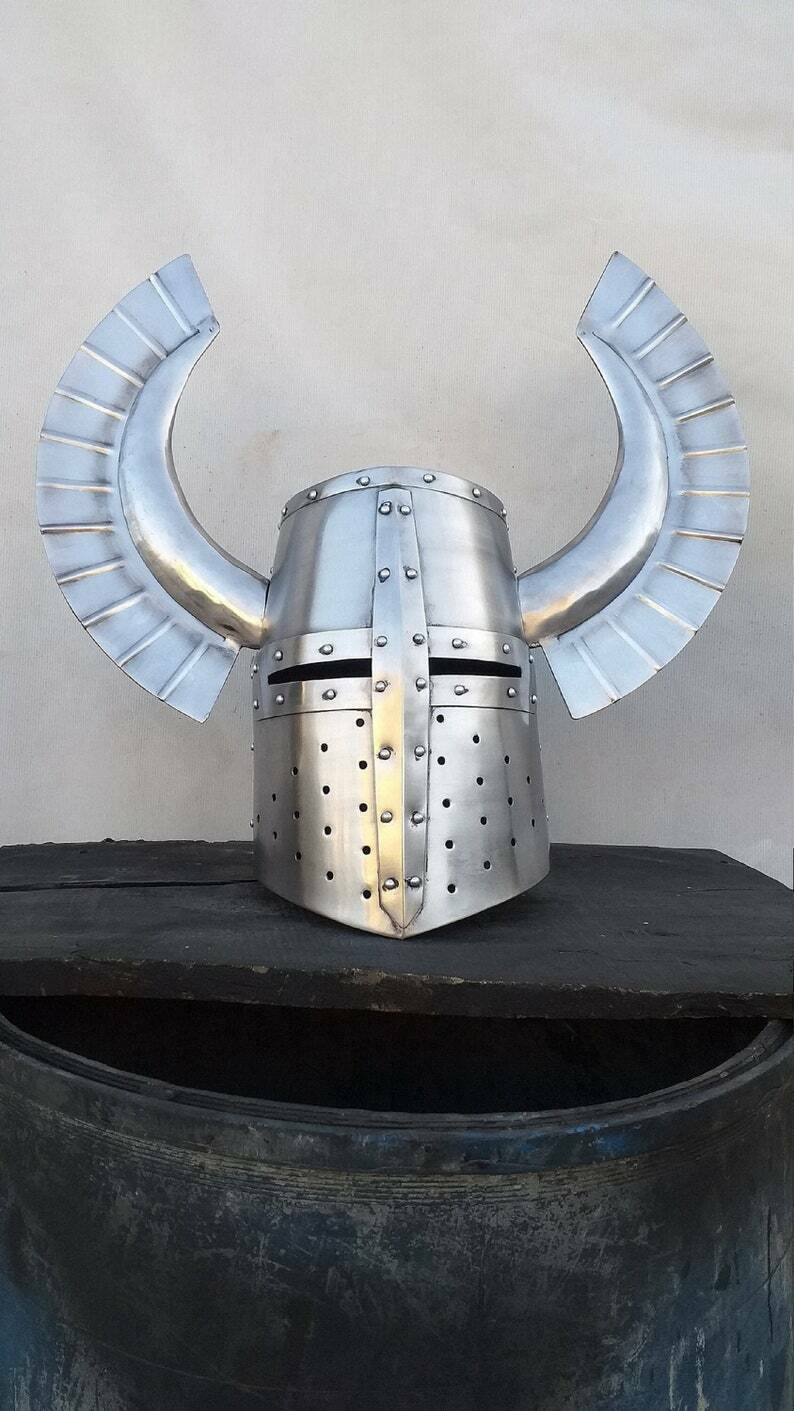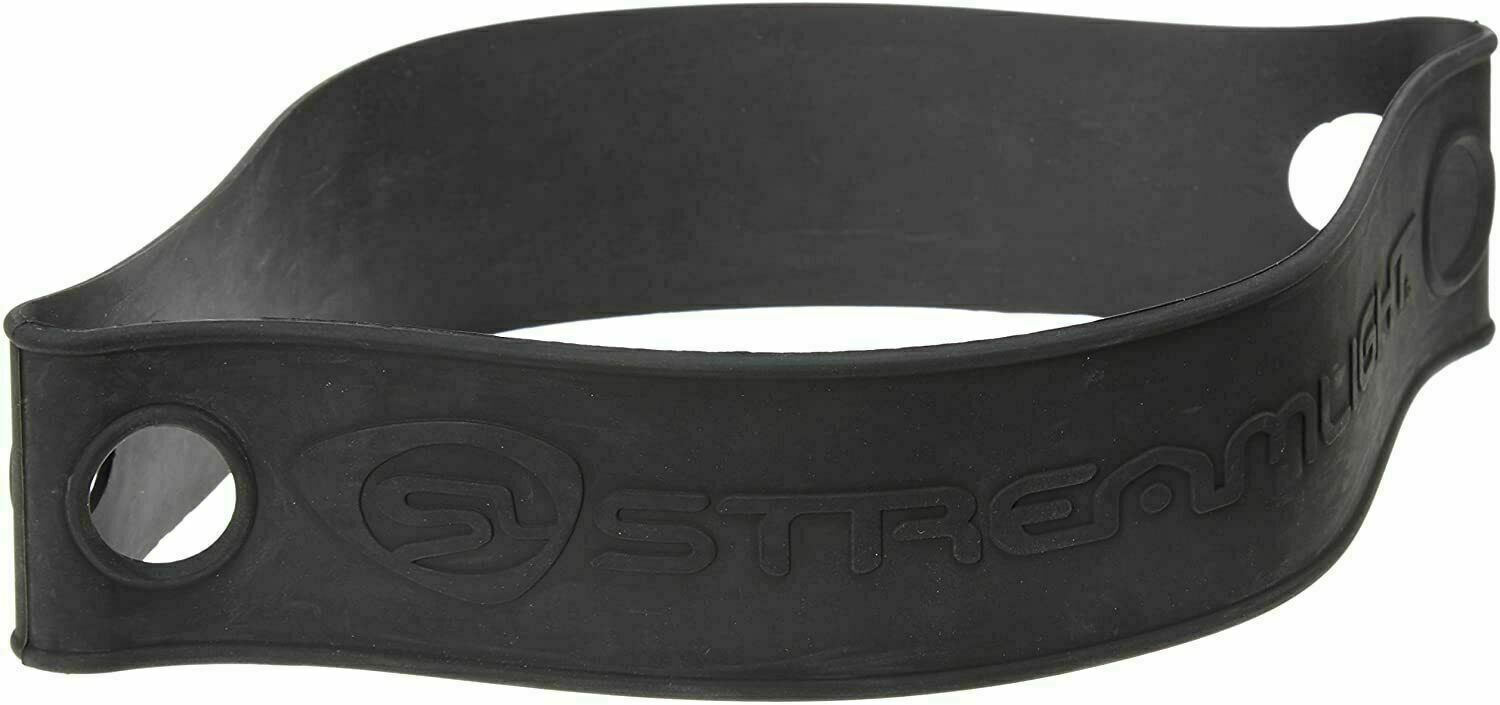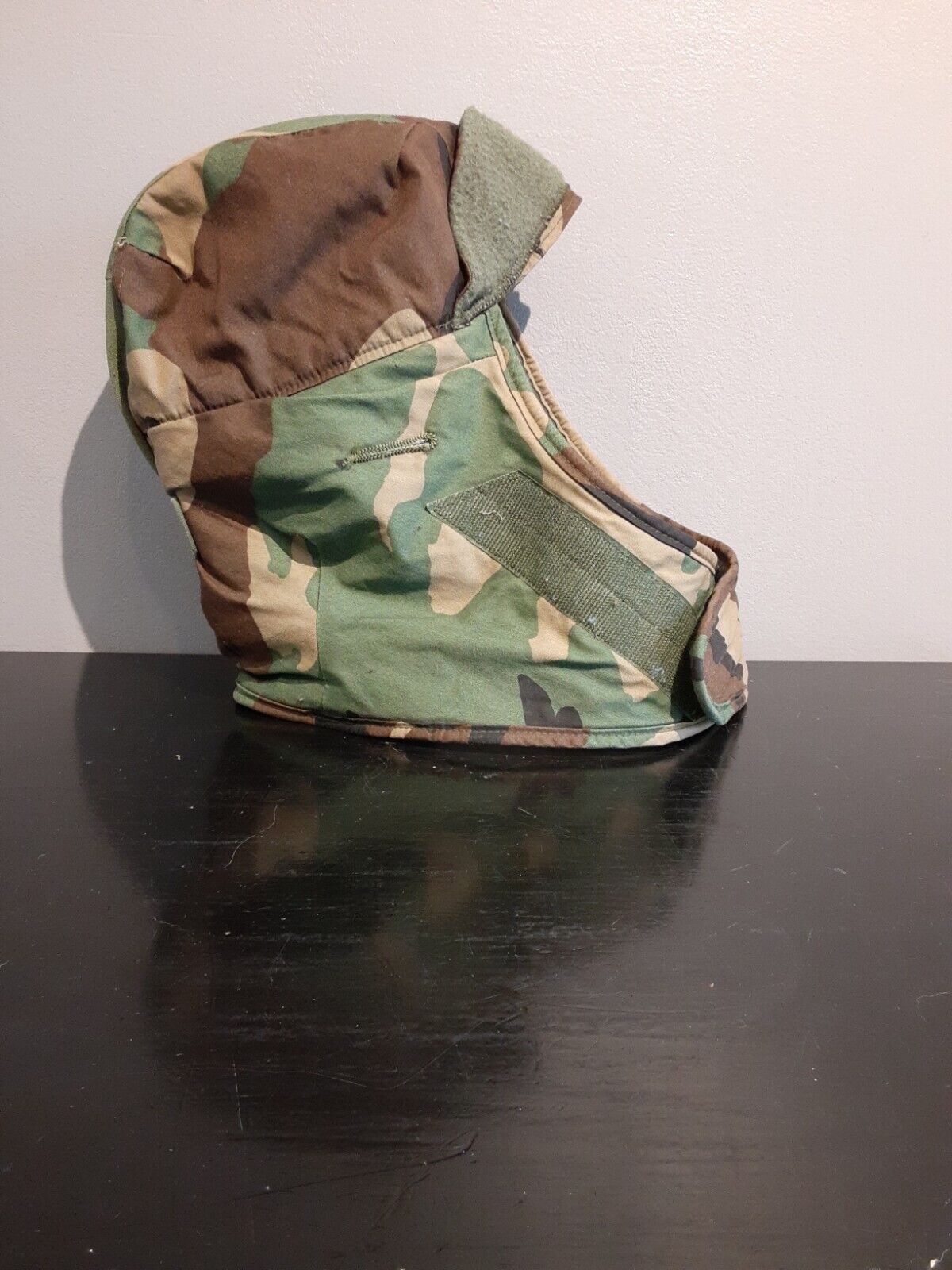-40%
Original British Victorian Era 9th Royal Lancers Other Ranks Tschapka Helmet
$ 1848
- Description
- Size Guide
Description
Original British Victorian Era 9th Royal Lancers Other Ranks Tschapka HelmetBritish 19th Century Victorian 9th Royal Lancers Other Ranks Helmet Tschapka Lance Cap. The leather body has minor crazing for the period of the helmet. The Lance Cap has the correct skull and peak with correct brass rope effect waist. The rear has the correct brass ring & hook. The sides are covered in black facing cloth. Brass piping with ornate finials extends down the 4 angles. The cap has the correct brass rosette with Crown and ‘9’ (9th Lancer’s) brass button and Lion’s head bosses with correct leather backed link brass chain.The horse hair plume is also present. The cap is fitted with not correct 17th lancers plate . The cap is complete with original leather sweat band and cotton lining.
The regiment was formed by Major-General Owen Wynne as Owen Wynne's Regiment of Dragoons in Bedford in 1715 as part of the response to the Jacobite rising. The regiment's first action was to attack the Jacobite forces in Wigan in late 1715. In 1717, the regiment embarked for Ballinrobe, in Ireland, and was placed on the Irish establishment. The regiment was ranked as the 9th Dragoons in 1719, re-titled as the 9th Regiment of Dragoons in 1751 and converted into Light Dragoons, becoming the 9th Regiment of (Light) Dragoons in 1783. The regiment fought at the Battle of Kilcullen, inflicting severe losses on the rebels, on 24 May 1798[4] and at the Battle of Carlow on 25 May 1798, when they successfully ambushed the rebels, during the Irish Rebellion. The regiment also saw action at the Battle of Vinegar Hill on 21 June 1798.
The regiment took part in Sir Samuel Auchmuty's disastrous expedition to the River Plate in October 1806, including the occupation of Montevideo in February 1807 during the Anglo-Spanish War. It then took part in the equally unsuccessfully Walcheren Campaign in autumn 1809: a total of 152 men from the regiment died of fever during that campaign. The regiment then embarked for Portugal and fought at the Battle of Arroyo dos Molinos, capturing General De Brune of the French Army, in October 1811 during the Peninsular War. It was also part of the covering force for the Siege of Badajoz in March 1812. In April 1813, the regiment returned to England. They were re-designated as a lancer formation in 1816 and became the 9th (or Queen's Royal) Lancers in honour of Queen Adelaide in 1830.
The regiment was posted to India in 1842. It saw action at the Battle of Punniar in December 1843 during the Gwalior Campaign. It also fought at the Battle of Sobraon in February 1846 during the First Anglo-Sikh War and undertook a successful charge at the Battle of Gujrat in February 1849 during the Second Anglo-Sikh War. The regiment then fought at the siege and capture of Delhi and the relief of Lucknow in summer 1857, as well as the capture of Lucknow in spring 1858 during the Indian Rebellion: the regiment, which was described by the rebels as "the Delhi Spearmen", was awarded twelve Victoria Crosses. It was described by an ally as:
"The beau ideal of all that British Cavalry ought to be in Oriental countries".[13]
The regiment was renamed the 9th (The Queen's Royal) Lancers in 1861.
















